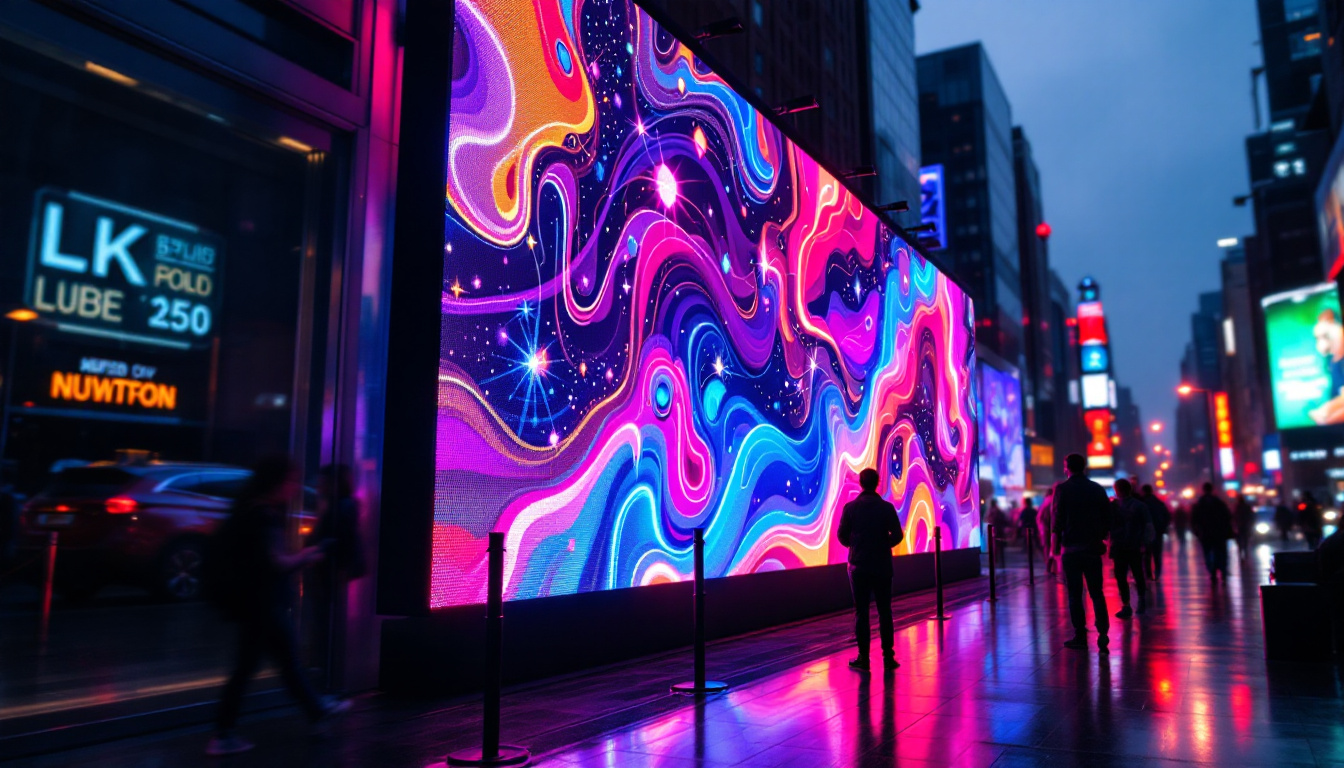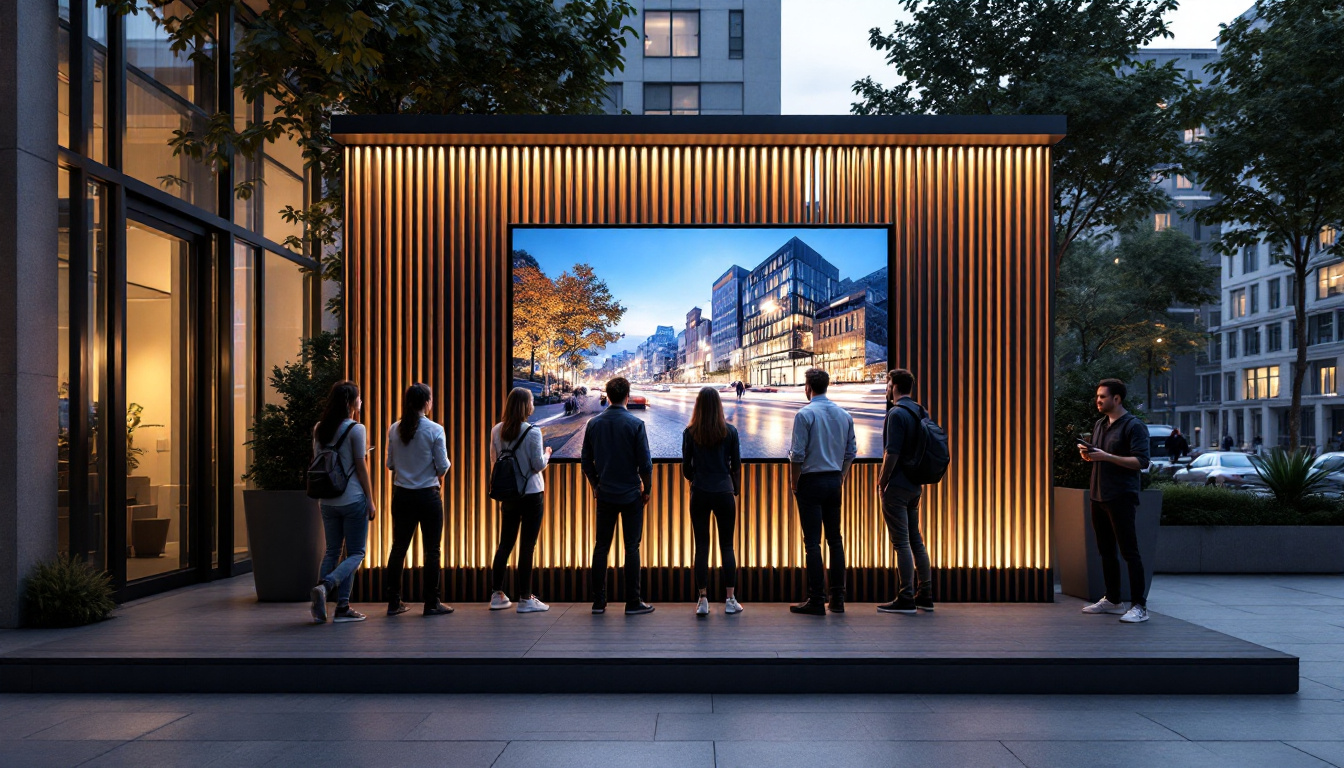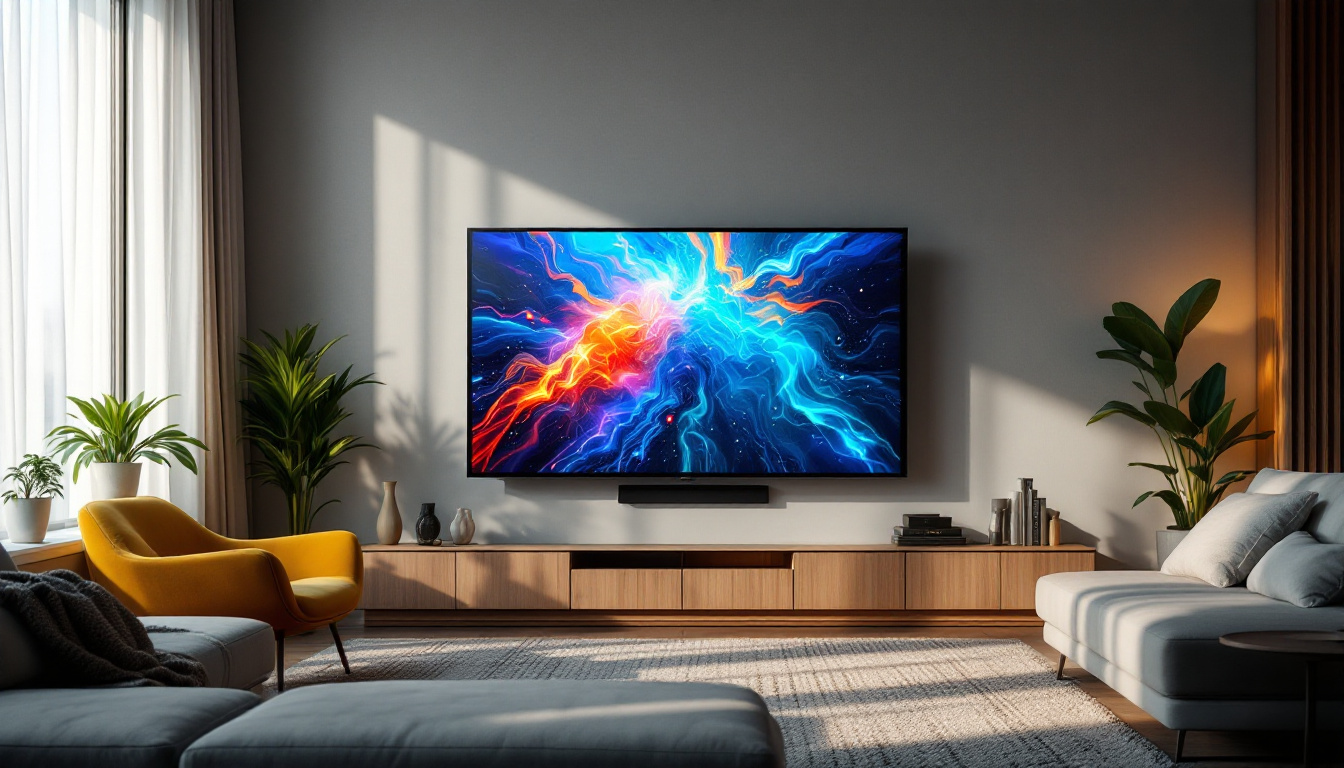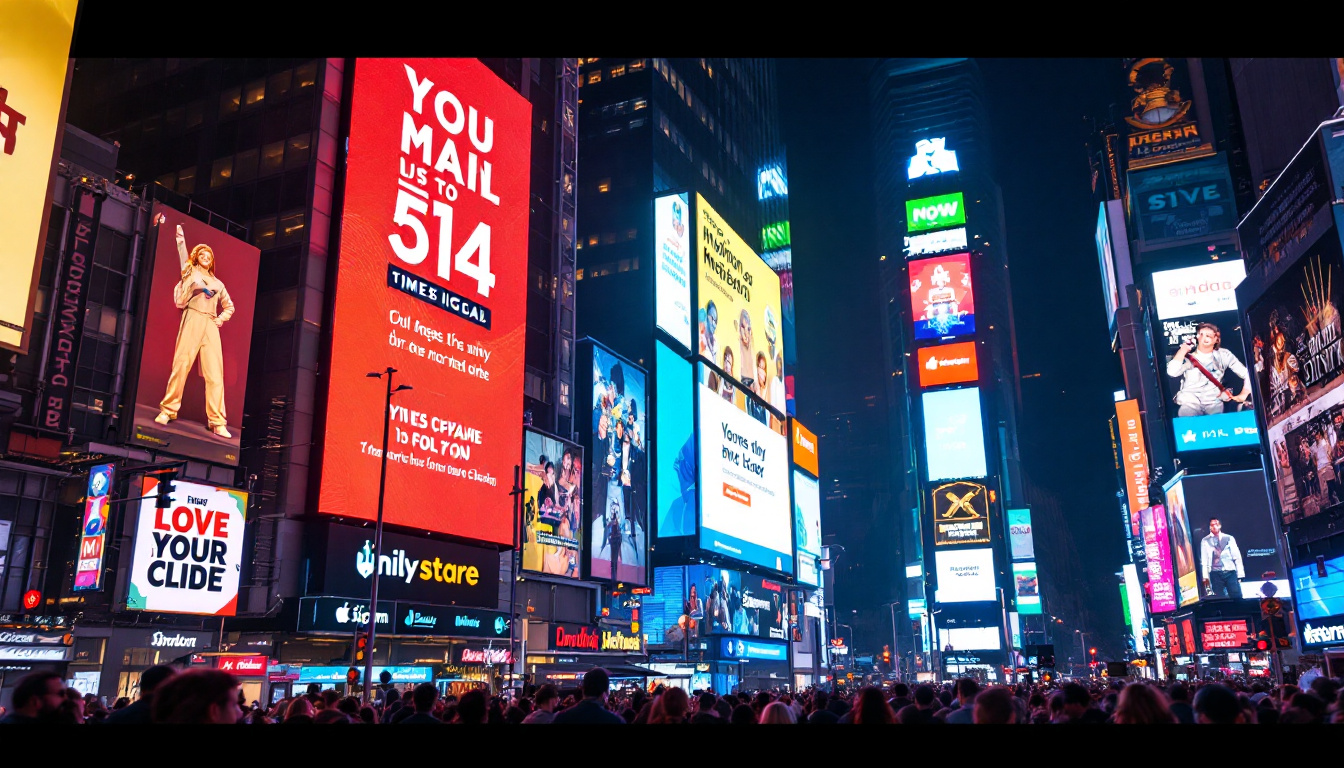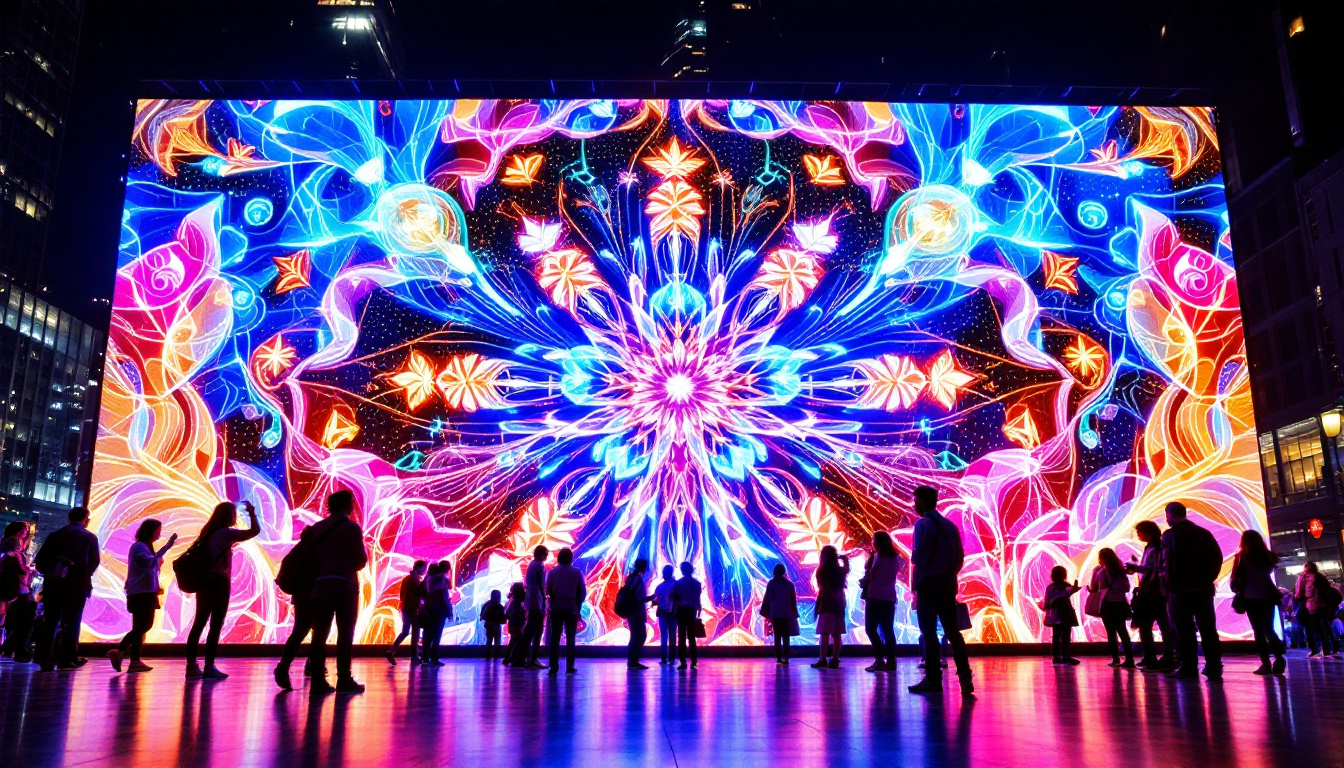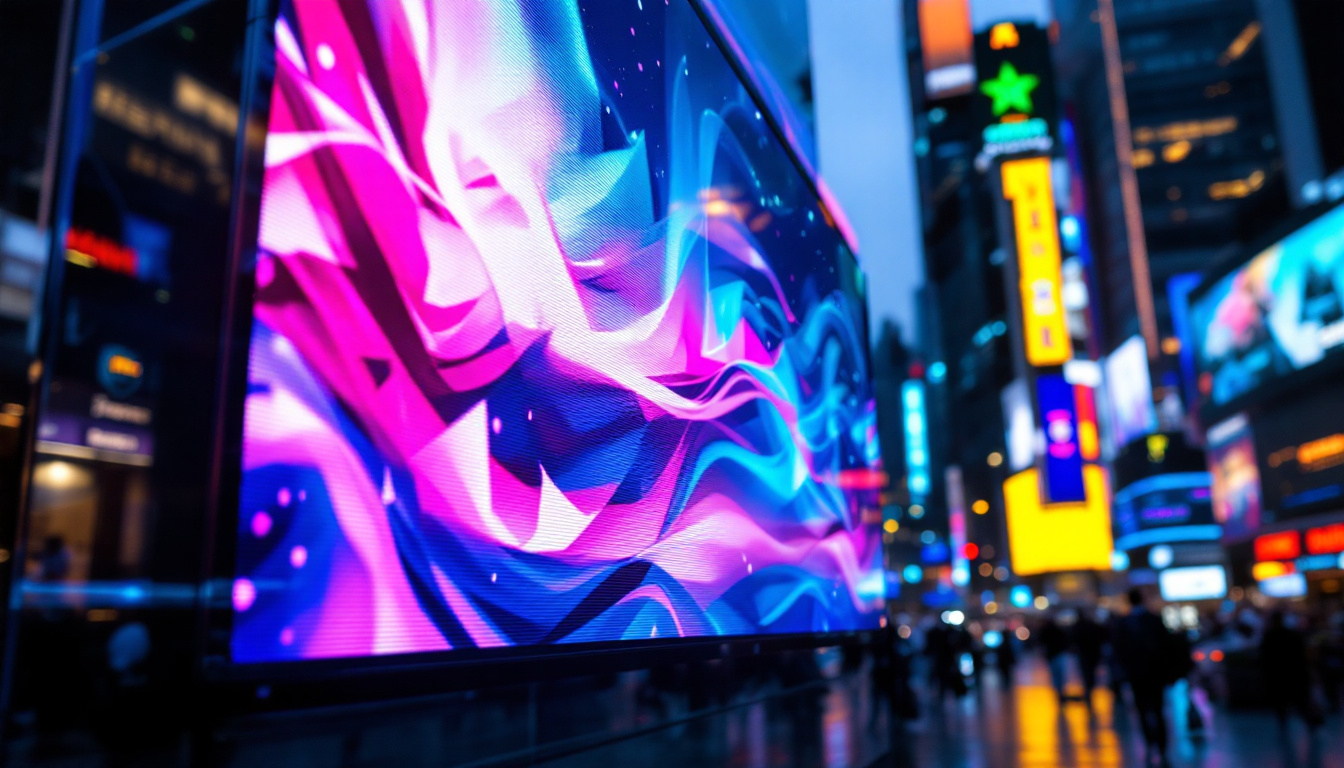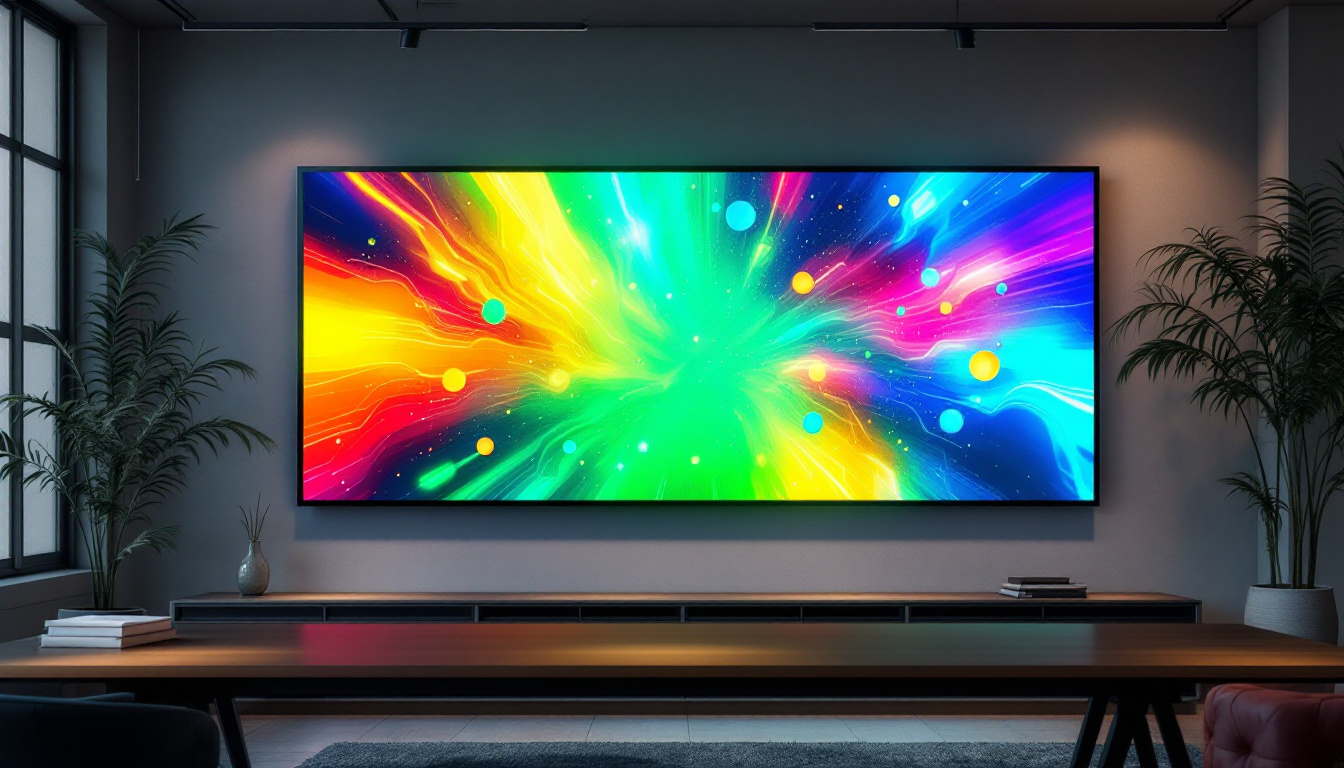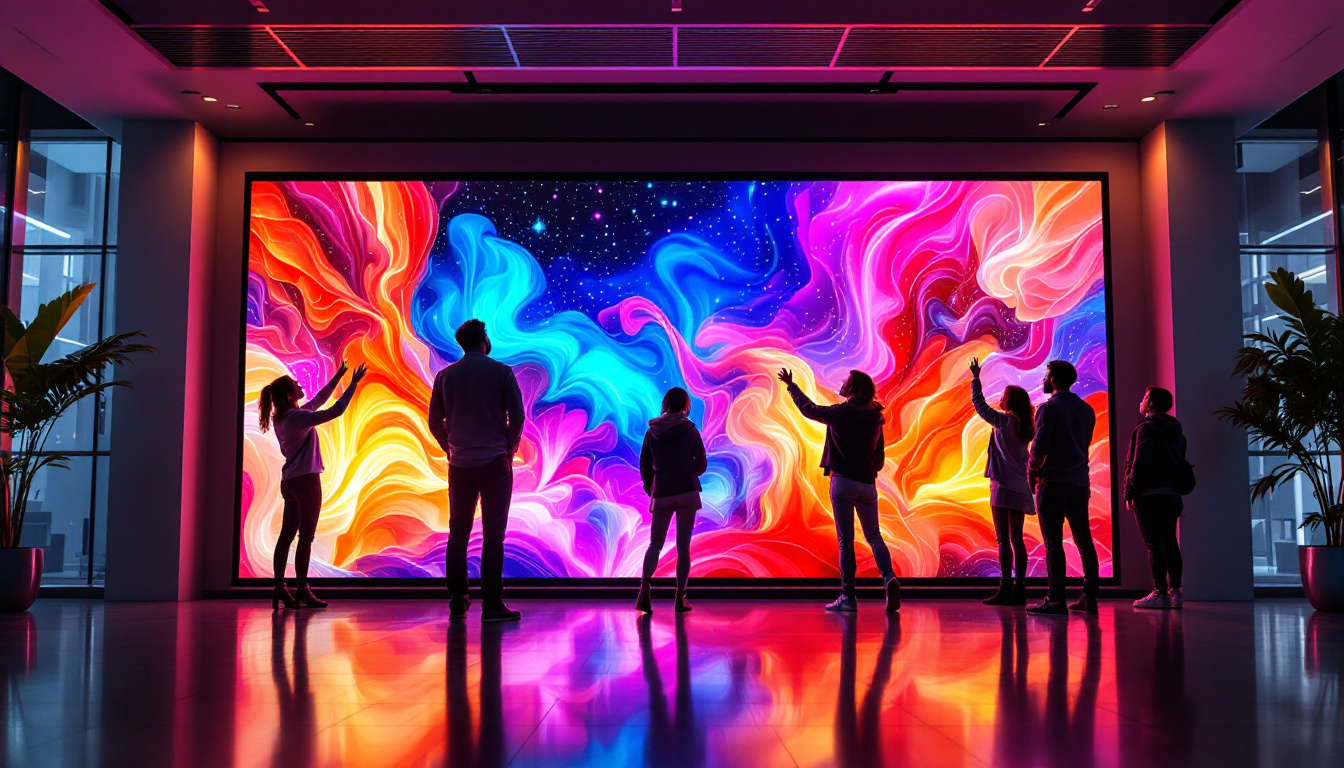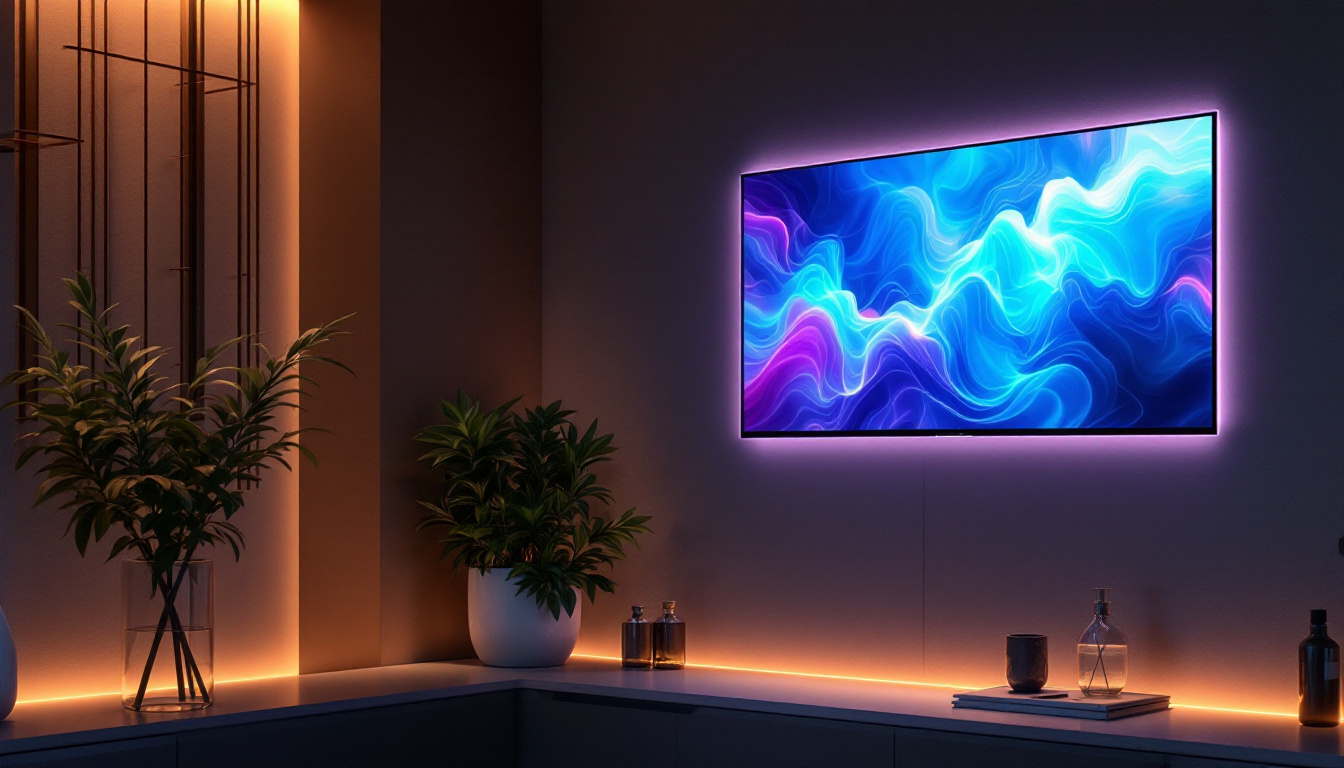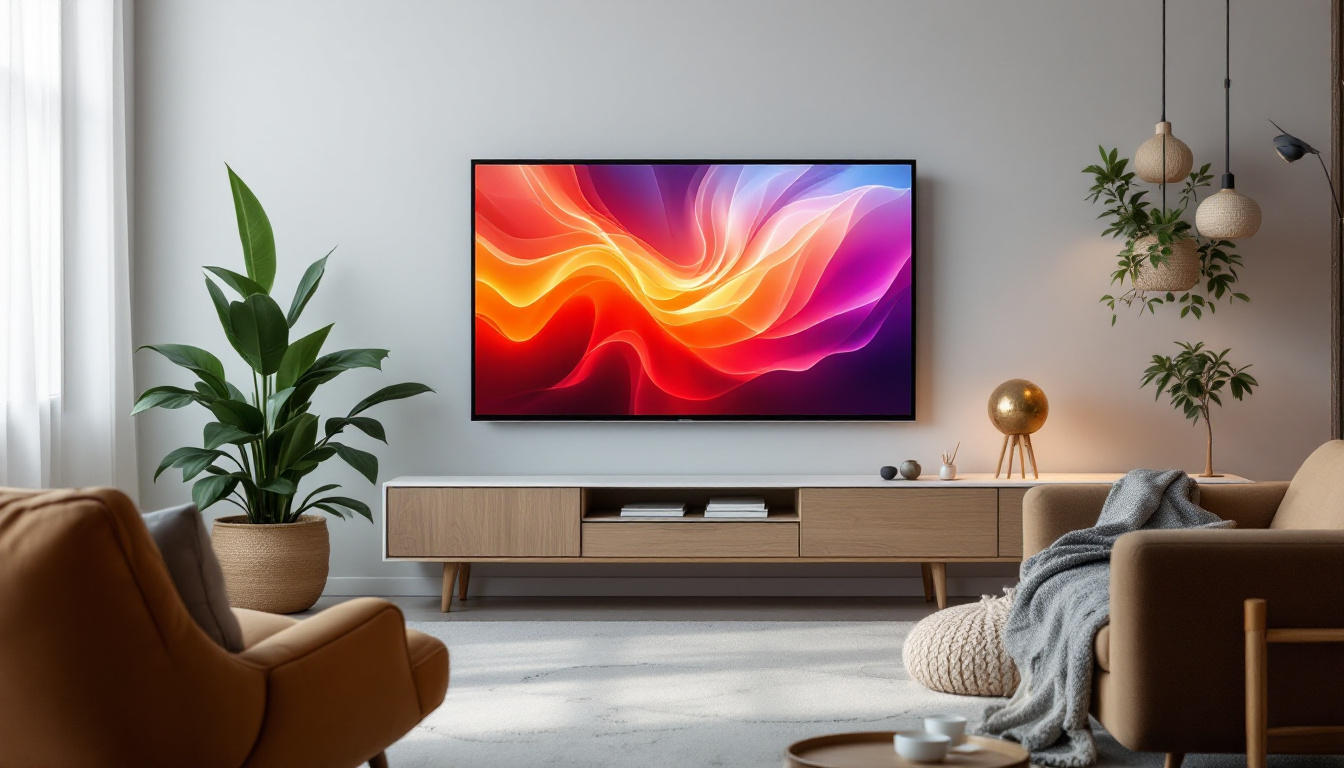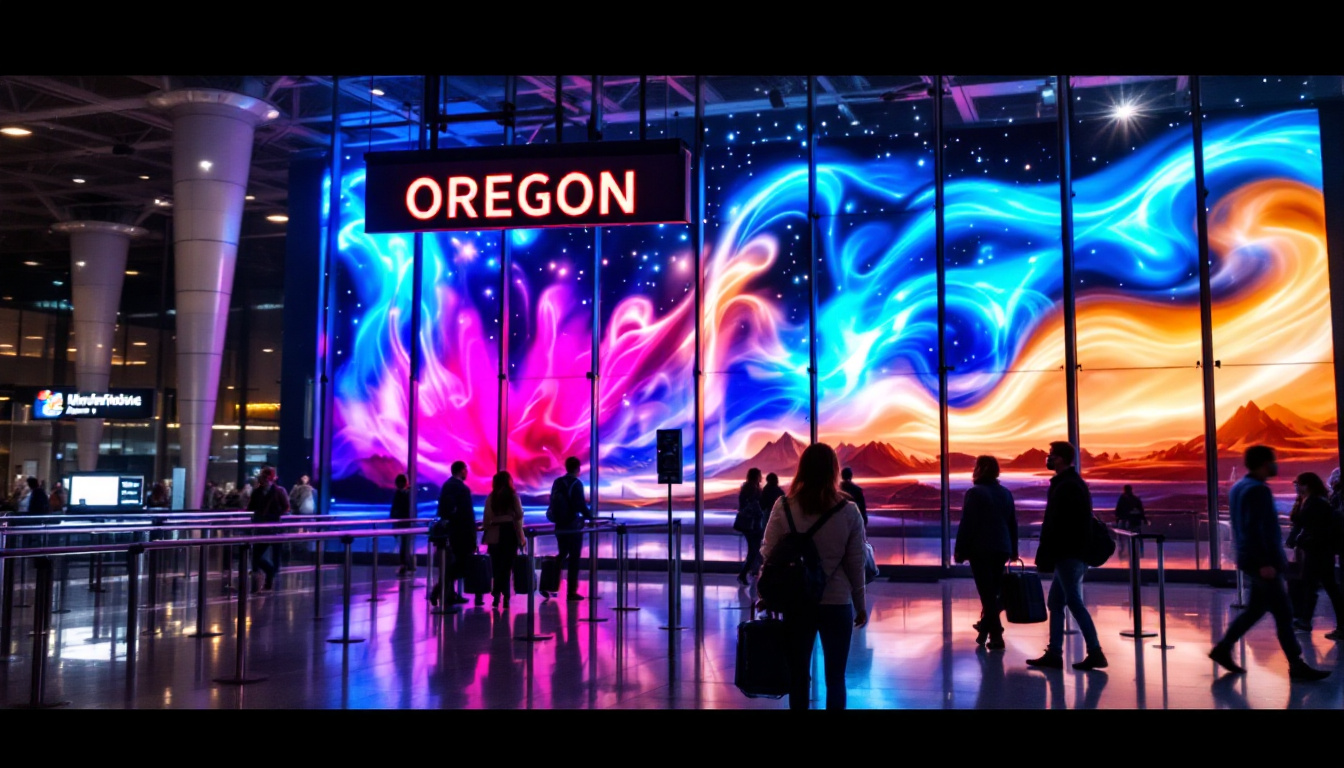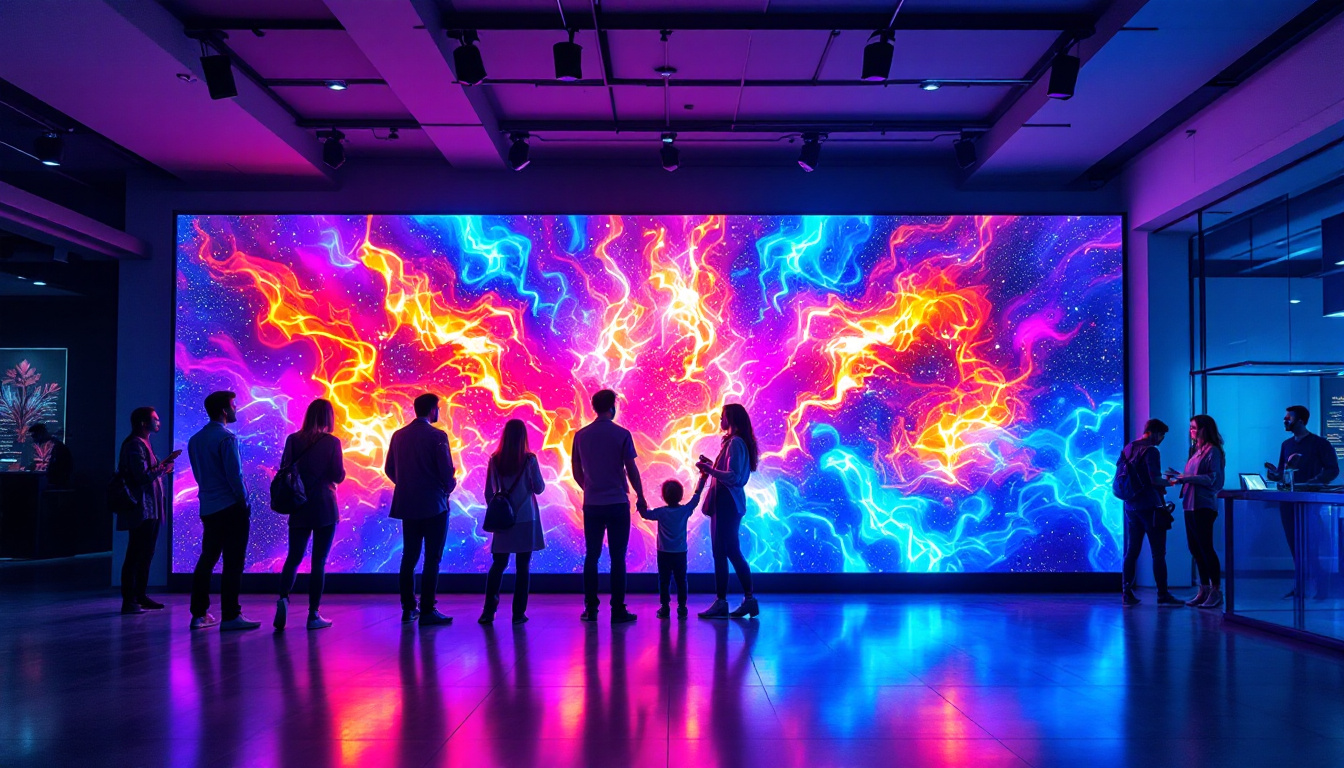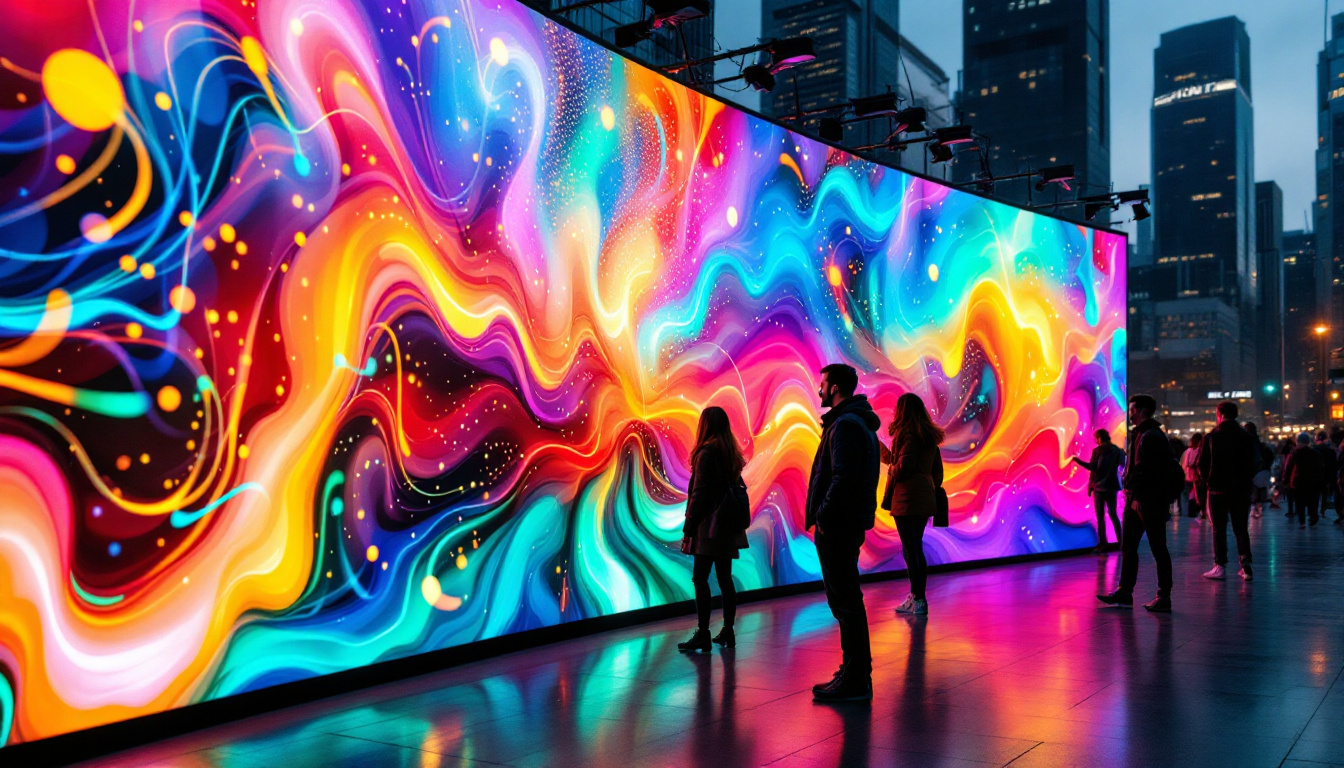In recent years, LED displays have revolutionized the way visual information is presented. From billboards to televisions, the application of LED technology is vast and varied. Among the different types of LED displays, DIP (Dual In-line Package) LED displays hold a unique position due to their specific characteristics and applications. This article delves into the intricacies of DIP LED technology, its advantages, applications, and how it compares to other LED display types.
Understanding DIP LED Technology
DIP LED displays utilize a unique packaging method that allows for efficient light emission and durability. The term “DIP” refers to the physical structure of the LED components, which are encapsulated in a dual in-line package. This design not only enhances the performance of the LEDs but also facilitates easier integration into various electronic systems.
Structure of DIP LEDs
The structure of a DIP LED typically consists of a semiconductor chip that emits light when an electric current passes through it. This chip is mounted on a lead frame, which connects to the circuit board. The encapsulation of the chip in a plastic housing protects it from environmental factors while enhancing light output. The dual in-line package design allows for multiple LEDs to be arranged in a compact format, making them ideal for various applications. Furthermore, the arrangement of these LEDs can be customized to suit specific design requirements, whether for signage, indicators, or even decorative lighting. The versatility in configuration allows manufacturers to create displays that are not only functional but also visually appealing.
How DIP LEDs Work
The operation of DIP LEDs is based on the principle of electroluminescence. When current flows through the semiconductor material, electrons recombine with holes, releasing energy in the form of light. The color of the emitted light depends on the materials used in the semiconductor. Common colors include red, green, blue, and yellow, with various combinations allowing for full-color displays. The ability to mix these colors effectively enables the creation of dynamic visuals, such as those seen in large outdoor billboards or electronic scoreboards. Additionally, advancements in technology have led to the development of RGB DIP LEDs, which can produce a wider spectrum of colors by adjusting the intensity of each individual LED within the package.
Advantages of DIP LEDs
DIP LEDs offer several advantages that make them a popular choice for many applications. One of the most significant benefits is their high brightness, which ensures visibility even in bright daylight. Additionally, their robust construction makes them resistant to shock and vibration, making them suitable for outdoor use. The long lifespan of DIP LEDs, often exceeding 50,000 hours, also contributes to their cost-effectiveness over time. Beyond their durability and longevity, DIP LEDs are also energy-efficient, consuming less power compared to traditional lighting solutions. This efficiency not only reduces operational costs but also minimizes environmental impact, making them a sustainable choice for businesses looking to reduce their carbon footprint. Moreover, the ease of installation and maintenance associated with DIP LED displays further enhances their appeal, allowing for quick replacements and upgrades without extensive downtime.
Applications of DIP LED Displays
DIP LED displays are versatile and can be found in a wide range of applications. Their ability to deliver bright and clear visuals makes them suitable for both indoor and outdoor environments. Below are some of the most common applications of DIP LED technology.
Advertising and Signage
One of the most prevalent uses of DIP LEDs is in advertising and signage. Billboards and digital signs often utilize DIP LED technology to capture the attention of passersby. The high brightness and visibility of these displays make them ideal for outdoor advertising, even in direct sunlight. Moreover, the ability to display dynamic content allows advertisers to engage audiences effectively. With the integration of real-time data, such as weather updates or social media feeds, these displays can create a more interactive experience for viewers, further enhancing their effectiveness in marketing campaigns.
Traffic and Transportation Displays
DIP LED displays are extensively used in traffic management systems. Electronic road signs, traffic signals, and variable message signs often incorporate DIP LEDs due to their visibility and durability. These displays can convey important information to drivers, such as speed limits, traffic conditions, and alerts, enhancing road safety and efficiency. Additionally, the robust nature of DIP LEDs ensures they can withstand harsh weather conditions, making them a reliable choice for critical infrastructure. Their energy efficiency also contributes to lower operational costs, which is particularly beneficial for municipalities managing extensive transportation networks.
Sports and Entertainment Venues
In sports arenas and entertainment venues, DIP LED displays play a crucial role in enhancing the spectator experience. Large screens displaying live action, scores, and advertisements are often powered by DIP LED technology. Their ability to provide vibrant colors and high contrast makes them ideal for showcasing dynamic content, ensuring that fans do not miss any action. Furthermore, these displays can be synchronized with audio systems to create an immersive atmosphere during events. The flexibility of DIP LED technology allows for various configurations, from large stadium screens to smaller displays in concourse areas, ensuring that every attendee has a great view of the action, regardless of their location in the venue.
Retail Environments
Retail environments have also embraced DIP LED displays as a powerful tool for engaging customers. From storefront displays to in-store promotions, these screens can showcase products in an eye-catching manner, drawing customers into the store. The ability to change content quickly allows retailers to adapt their messaging based on inventory, seasonal promotions, or special events. Additionally, interactive displays can enhance the shopping experience by providing customers with product information, reviews, and even virtual try-ons, making the shopping journey more informative and enjoyable.
Public Information Displays
Another significant application of DIP LED displays is in public information systems, such as those found in airports, train stations, and bus terminals. These displays provide travelers with real-time updates on schedules, delays, and other essential information. The clarity and visibility of DIP LEDs ensure that messages are easily readable from a distance, which is crucial in busy transit environments. Furthermore, the integration of multilingual support on these displays caters to diverse audiences, enhancing accessibility and improving the overall travel experience for everyone. As cities continue to modernize their infrastructure, the role of DIP LED displays in facilitating communication and information dissemination will only grow more prominent.
DIP LED vs. Other LED Technologies
While DIP LEDs are popular, they are not the only type of LED display available. Understanding the differences between DIP LEDs and other technologies, such as SMD (Surface Mount Device) LEDs and COB (Chip on Board) LEDs, can help in choosing the right display for specific applications.
Comparison with SMD LEDs
SMD LEDs are another common type of LED display technology. Unlike DIP LEDs, SMD LEDs are mounted directly onto the surface of a circuit board, allowing for a more compact design. SMD technology is often used in applications requiring high resolution, such as indoor screens and televisions. While SMD displays offer better color reproduction and viewing angles, DIP LEDs are favored for their brightness and durability in outdoor settings. Additionally, SMD LEDs can achieve finer pixel pitches, making them ideal for close-viewing scenarios, such as retail displays and digital signage in shopping malls. Their versatility in design also allows for various shapes and sizes, enabling creative installations that can enhance the visual appeal of any environment.
Comparison with COB LEDs
COB LEDs represent a newer technology that integrates multiple LED chips onto a single board, providing a high level of brightness and efficiency. COB displays are often used in high-end applications, such as large-scale video walls and professional displays. While COB LEDs offer superior performance in terms of brightness and thermal management, DIP LEDs remain a cost-effective solution for many standard applications. The compact nature of COB technology also allows for thinner profiles, making it suitable for applications where space is a premium, such as in architectural lighting or portable displays. Furthermore, COB LEDs tend to have a longer lifespan and lower energy consumption, which can lead to significant cost savings over time, especially in environments that require continuous operation.
Future of DIP LED Technology
The future of DIP LED technology appears promising, with ongoing advancements aimed at enhancing performance and expanding applications. As industries continue to seek innovative ways to communicate visually, DIP LEDs will likely evolve to meet these demands.
Technological Advancements
Recent developments in LED technology, such as improved semiconductor materials and more efficient manufacturing processes, are expected to enhance the performance of DIP LEDs. Innovations in color mixing and pixel density will also contribute to better visual quality, making DIP LEDs more competitive with emerging technologies.
Emerging Applications
As the demand for digital displays continues to grow, new applications for DIP LEDs are emerging. Industries such as retail, education, and healthcare are beginning to explore the potential of DIP LED displays for interactive signage, wayfinding, and information dissemination. The adaptability of DIP LED technology makes it suitable for a wide range of environments and use cases.
Conclusion
DIP LED displays represent a significant advancement in visual communication technology. Their unique structure, high brightness, and durability make them an ideal choice for various applications, from advertising to traffic management. While they face competition from other LED technologies, their advantages ensure that DIP LEDs will continue to play a vital role in the display industry.
As technology progresses, the future of DIP LEDs looks bright, with ongoing innovations promising to enhance their performance and expand their applications. Whether for outdoor advertising, sports venues, or transportation systems, DIP LED displays are poised to remain a key player in the visual communication landscape.
Discover Cutting-Edge LED Displays with LumenMatrix
Ready to elevate your visual communication with high-quality LED displays? LumenMatrix, a leader in LED display innovation, offers a comprehensive range of solutions tailored to your needs. From captivating Indoor and Outdoor LED Wall Displays to dynamic Vehicle and Sports LED Displays, each product is designed to enhance brand visibility and engage your audience. Experience the future of digital signage with our All-in-One, Custom, Transparent, and even interactive Floor LED Displays. Check out LumenMatrix LED Display Solutions today and transform your visual messaging with unparalleled clarity and impact.

